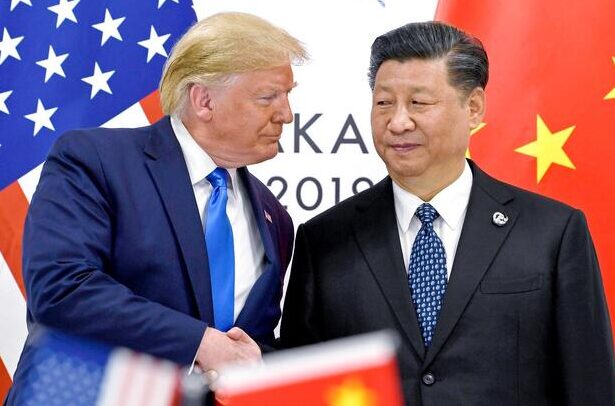Apple CEO Tim Cook seemed to channel Steve Jobs on Tuesday as he introduced the iPhone Air, the company’s thinnest smartphone yet and its biggest design shift in eight years. The launch comes as Apple faces criticism about its predictable iPhone lineup.
Cook opened the event at Apple’s Cupertino, California headquarters with a quote from Jobs: “For us, design goes beyond just how something looks or feels. Design is also how it works.”
The iPhone Air is only 5.6 mm (0.22 inches) thick, making it slimmer than Samsung’s Galaxy S25 Edge at 5.8 mm. Apple claims the phone packs all its circuitry into a space the size of a few postage stamps, promising “all-day battery life.”
Analysts expected a lukewarm response ahead of the launch, but many now see potential in the four new models: Air, 17, 17 Pro, and 17 Pro Max, which cater to various budgets.
In 2025, Apple’s shares have lagged, down 6.4%, while rivals like Microsoft and Nvidia have seen double-digit gains. With a market value of $3.5 trillion, Apple is the S&P 500’s third-most valuable company behind those two.
Questions remain about whether the iPhone Air will deliver on battery life and if consumers will accept its single camera, which is one less than the base iPhone 17. The device features Apple’s latest A19 Pro processor designed for AI tasks, along with two new custom communications chips.
“I heard loud claps the moment it was announced,” said YouTuber Gaurav Chaudhary, known as “Technical Guruji.” He praised the titanium frame and “ceramic shield” glass, which make the device more durable. Even after handling leaks ahead of time, Chaudhary said the phone impressed him, though he is curious to test the battery claims.
Seventeen years ago, Jobs revealed the first MacBook Air by sliding it out of an envelope to show its portability. The iPhone Air takes its name and design philosophy from that laptop, possibly offering fans the kind of hardware innovation they have been waiting for.
PP Foresight analyst Paolo Pescatore said, “In an era of sameness, it’s great to see Apple bring a new product to market. It reinvigorates the iPhone segment.”
On the downside, the iPhone Air has a single camera, compared with two on the base iPhone 17 and three on the Pro models. Ben Bajarin, CEO of Creative Strategies, noted it will be crucial to see if the battery can meet Apple’s claims, though he pointed out that Apple’s decade of custom chip design should improve energy efficiency.
The launch did not introduce new AI features to compete with Google’s Gemini AI, though analysts suggest the iPhone Air could still prompt upgrades and boost sales during the holiday season. It may also help Apple regain market share in China, where slimmer, cheaper phones have taken a toll on its business.
IDC analyst Will Wong warned, “We don’t expect the iPhone Air to deliver a major sales boost, as Apple compromised on battery life, cameras, and audio to achieve the slimmer design.”
Priced in the middle of Apple’s lineup, the iPhone Air costs $100 less than Samsung’s Galaxy S25 Edge, which sold 1 million units in Q2. IDC’s Nabila Popal said the pricing could make the Air a strong seller. “The iPhone Plus, which the Air essentially replaces, accounted for 5% to 7% of Apple’s shipments,” she noted. “Apple’s late, but when they do it, they do it bigger, louder, or better than anyone.”






